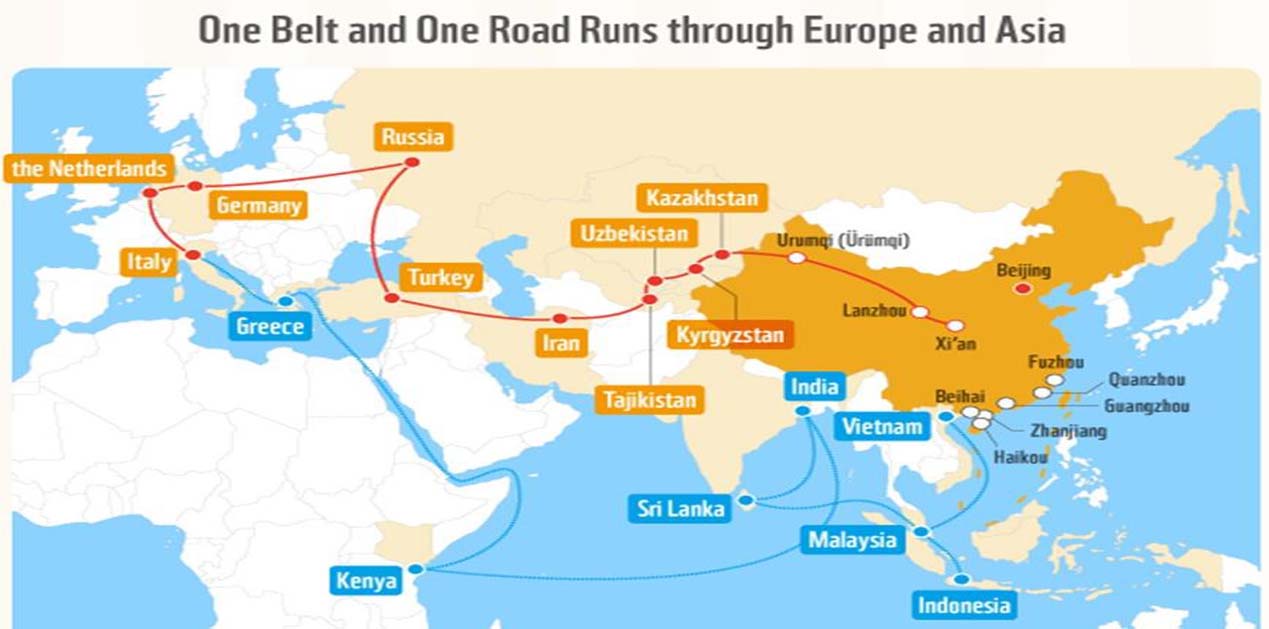Background
The present century is Asian century in which South Asia plays a pivotal role. Though occupying only 3.4 per cent of world’s land surface area, it inhibits 24 per cent of world population1. Until a few decades earlier, South Asia was regarded as one of the most backward regions in the world, mainly due to its underdevelopment. But now the region has emerged as major economic power center not only in Asia but also, globally. It is the largest economy in the world next only to the United States (US) and China.
South Asia is the fastest growing economy in the world. This is largely attributed to robust economic growth in India, which has created positive environment for the growth of the region as a whole. With this development, there has been perceptible decline in poverty level and improvement in overall socio-economic indicators of people in the region.
Each country of South Asia is in upswing mode of growth. Estimates are that that South Asia would have 7.3 per cent economic growth in 2017, up from 7.1 per cent in 2016. 2 However, the countries of the region have been facing major challenges from poverty, terrorism and above all from ‘One Belt, One Road’ project of China.
Size of Economy
Table 1.1 exhibits a great dichotomy in the size of economy among the South Asian countries. With over 2 trillion dollar Gross Domestic Product (GDP), India happens to be the largest economy in South Asia followed by Pakistan (271 billion dollar), Bangladesh (195.1 billion), Sri Lanka (82.32 billion), Nepal (21.19 billion), Afghanistan (19.33 billion), Maldives (3.43 billion) and Bhutan (2.05 billion).
Table 1.1: Size of Economy of South Asian Countries in 2015
| MonthCountries | Population | GDP in $ |
|---|---|---|
| Afghanistan | 32.53 million | 19.33 billion |
| Bangladesh | 161.0 million | 195.1 billion |
| Bhutan | 774,800 | 2.05 billion |
| India | 1.311 billion | 2.095 trillion |
| Maldives | 409,200 | 3.435 billion |
| Nepal | 28.51 million | 21.19 billion |
| Pakistan | 188.9 million | 271.0 billion |
| Sri Lanka | 20.97 million | 82.32 billion |

